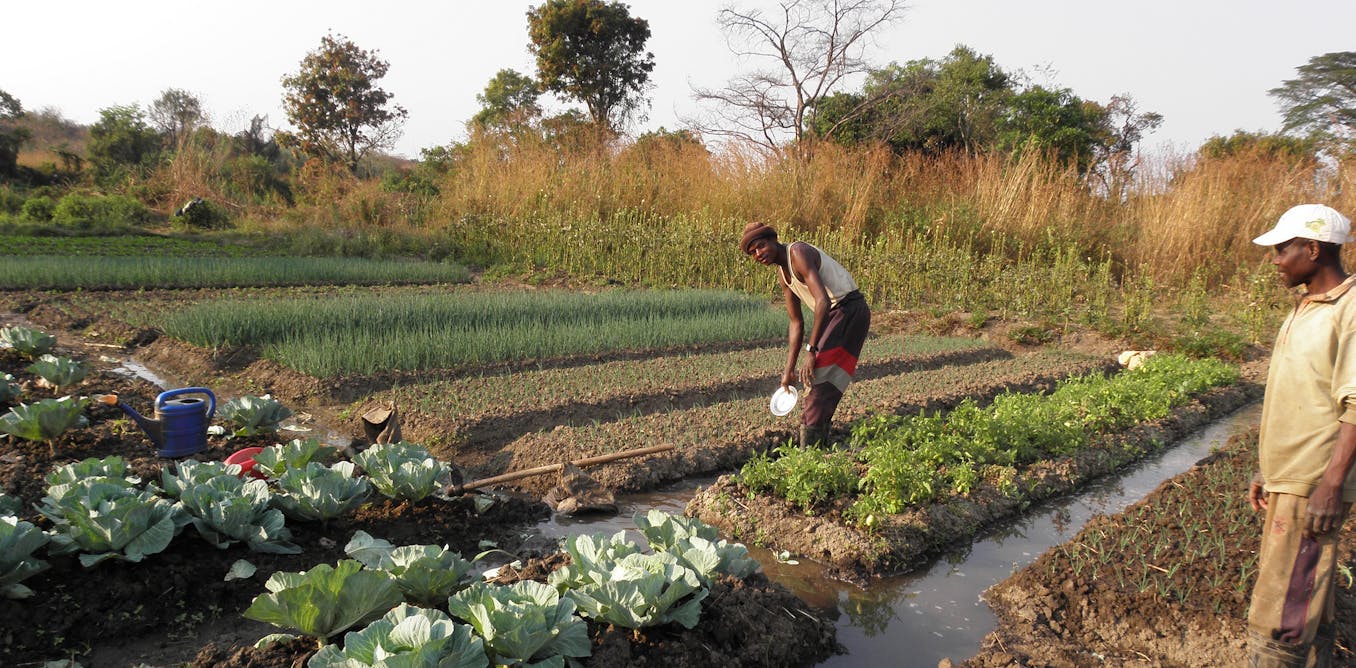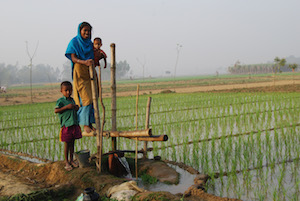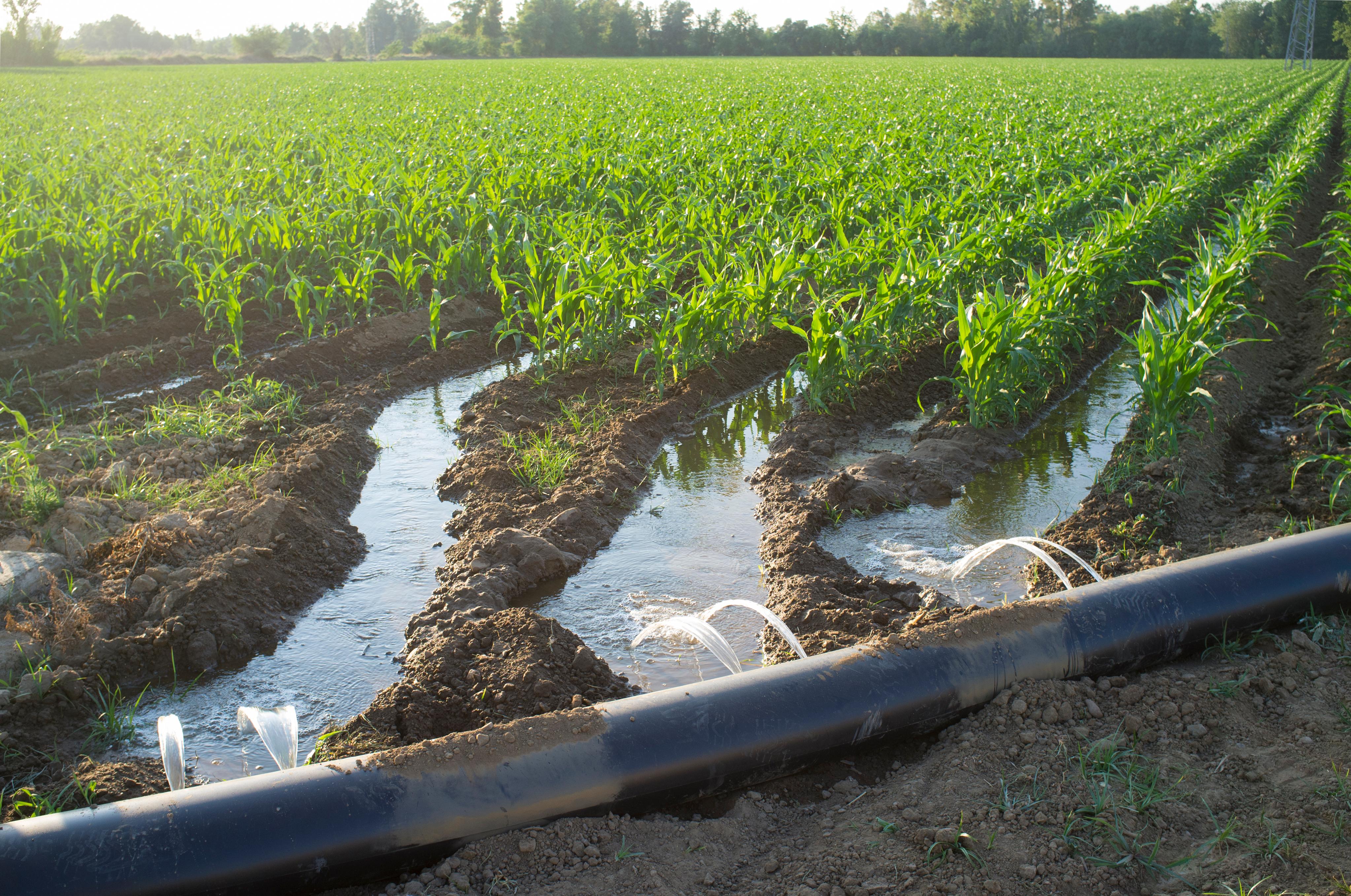Small-scale irrigation in parts of Sub-Saharan Africa
After discovering the potential for groundwater as a hidden asset in large parts of Africa, what is subsequently important is the sustainable use of groundwater resources for irrigation. In an article published by The Oakland Institute, an imminent danger that Africa faces is the over-exploitation of these resources by large overseas agricultural firms that seek to extract water and land for their own agricultural projects. Much of the water is being extracted for export crops, which largely impacts local farmers and their communities. Furthermore, there is a tendency to believe that there must be large-scale investments from public organisations or foreign firms in order to make improvements in irrigation techniques. However, this may not always be the case, and this blog seeks to further look into the case of small-scale irrigation.
Re-framing current narratives around small-scale irrigation in Sub-Saharan Africa
Perhaps rather than always seeking for solutions via the top down approach, there may indeed be greater development from small-scale farmers’ irrigation initiatives that challenge current understandings, and initiate changes ‘from below’. Historically, farmer-led irrigation has been able to sustainably use groundwater resources for irrigation, thus proving their ability to better manage agricultural water usage. Often there is a perception that transferring technology from overseas nations can help solve the problem in Africa, however, this is not only economically costly, but may not be suited for local needs. Rather, by allowing subsistence farmers to develop into rural entrepreneurs, they can be seen as ‘agents’ of irrigation, thus potentially provide a more successful means of improving irrigation methods.
Small-scale irrigation in Malawi
In rural areas of Malawi, the innovations and knowledge from small-scale farmers has allowed shallow groundwater pumps to be made more efficient and effective for local needs. This may simple encompass removing some rubber from treadle pumps that helps to reduce strenuous labour. By making the process of pumping easier and less arduous, this has successfully led to a greater number of people moving into irrigation, and thus greater area of irrigated farmland. As a result, without the complicated need for foreign intervention, local farmers have been able to find methods to suit their own needs.
Figure 1: An example of treadle pump used to help small-scale irrigation in Malawi
Urban irrigation in Ghana
Although much less common than rural irrigation, urban irrigation can also benefit from the knowledge of small-scale producers to grow agriculture. With Accra, the capital of Ghana suffering from problems regarding wastewater management, local farmers have been able to adapt by funnelling diluted wastewater into treatment plants. This water is then utilised in gravity-based furrow irrigation that helps to grow their tomato, pepper and maize fields. This method allows irrigation to continue even through unreliable rainfall seasons.
Concluding thoughts
Thus, these examples have aimed to highlight the role in which farmer-led irrigation can in fact bring about more suitable changes to irrigation methods through the use of better knowledge of local area and needs as well as appropriate technology use. As a result, by giving them a platform to demonstrate their entrepreneurial skills, development organisations and states should perhaps give more emphasis to small-scale farmers for their more innovative initiatives to sustainably manage water usage for irrigation.



Comments
Post a Comment